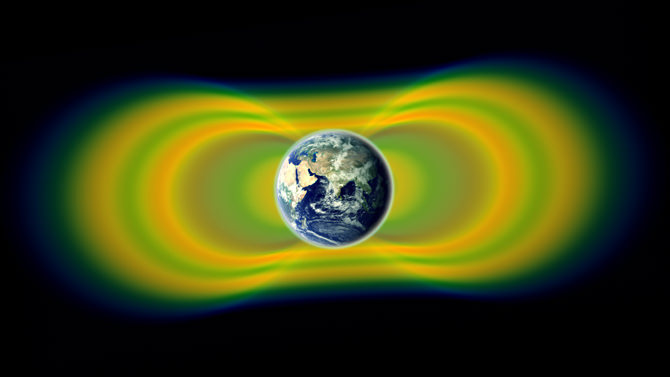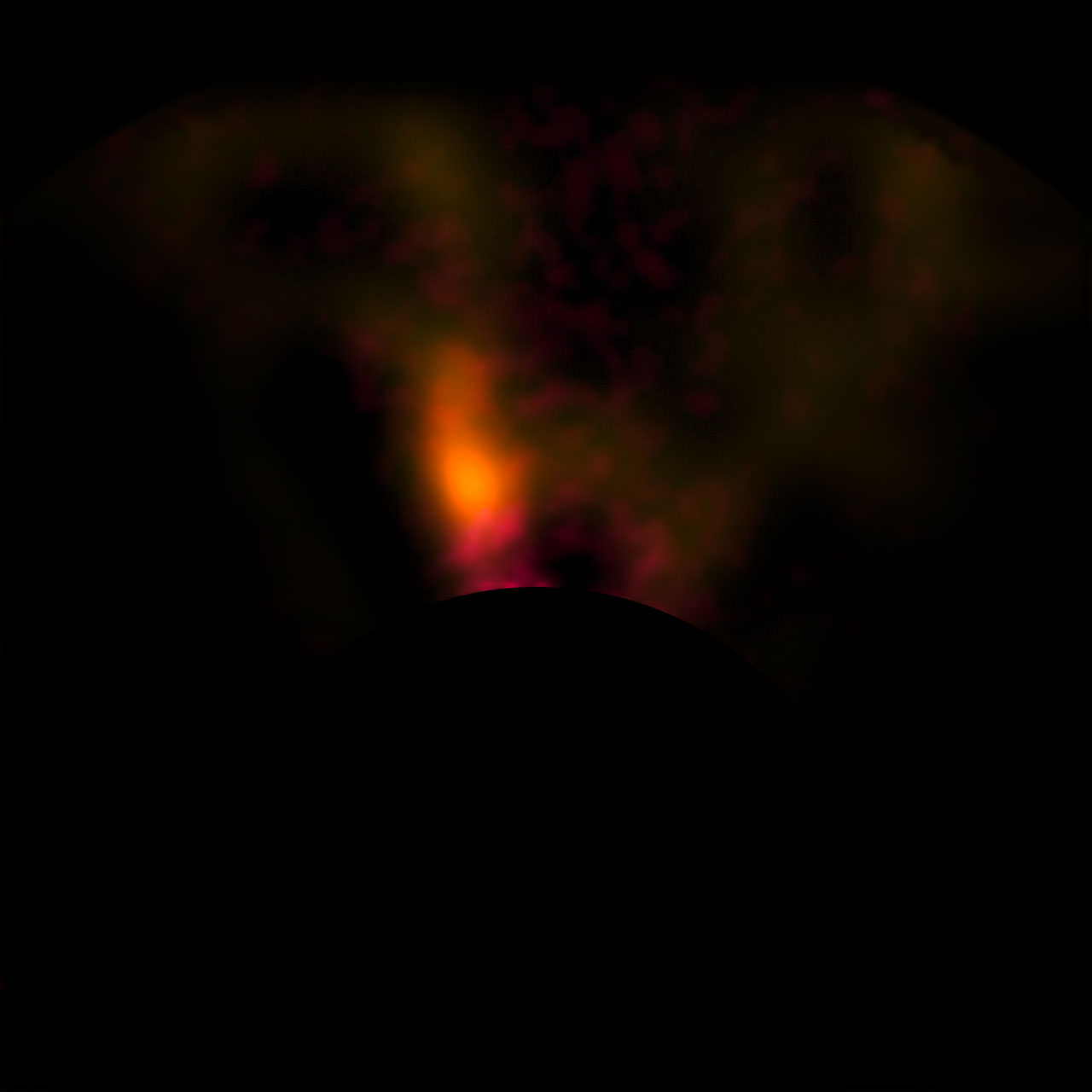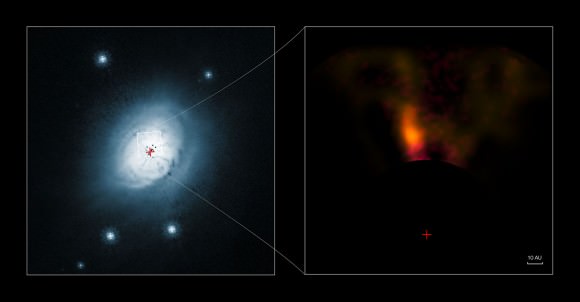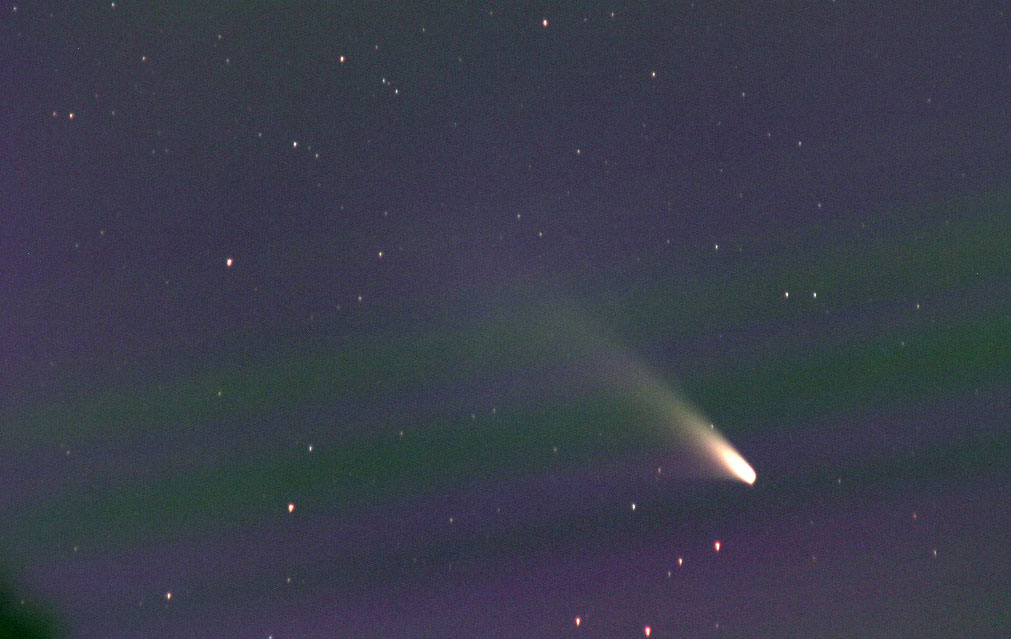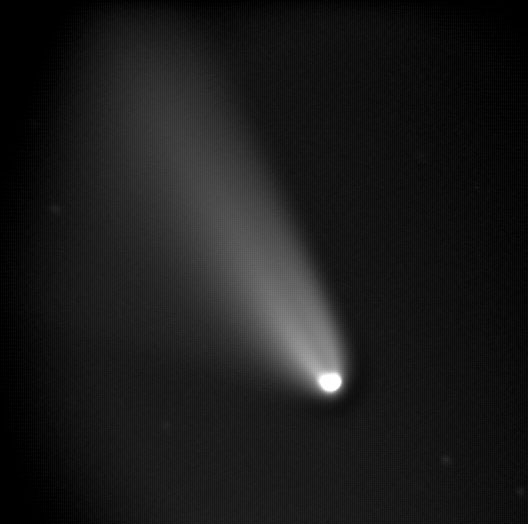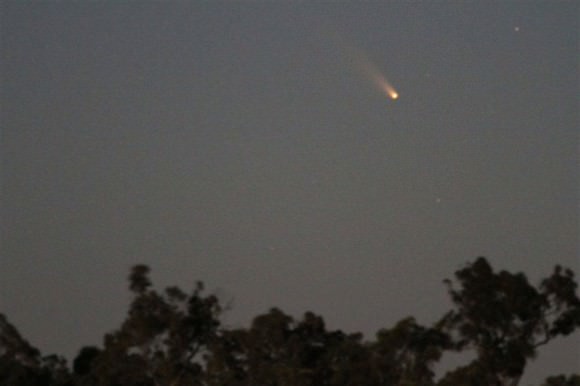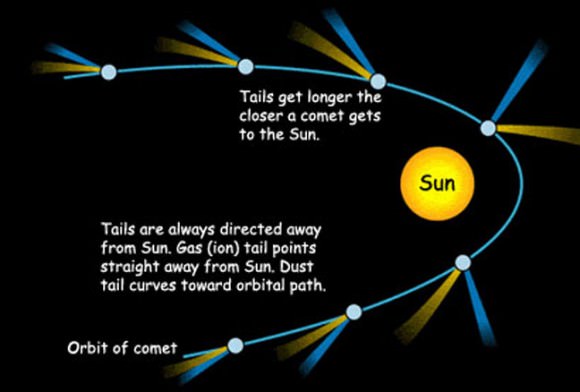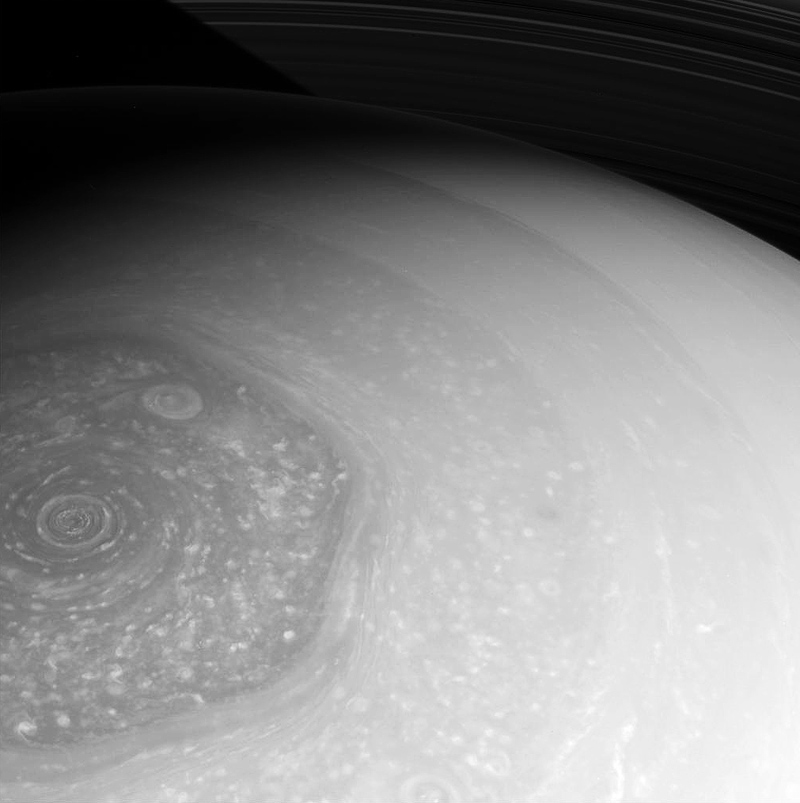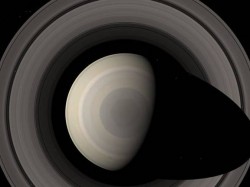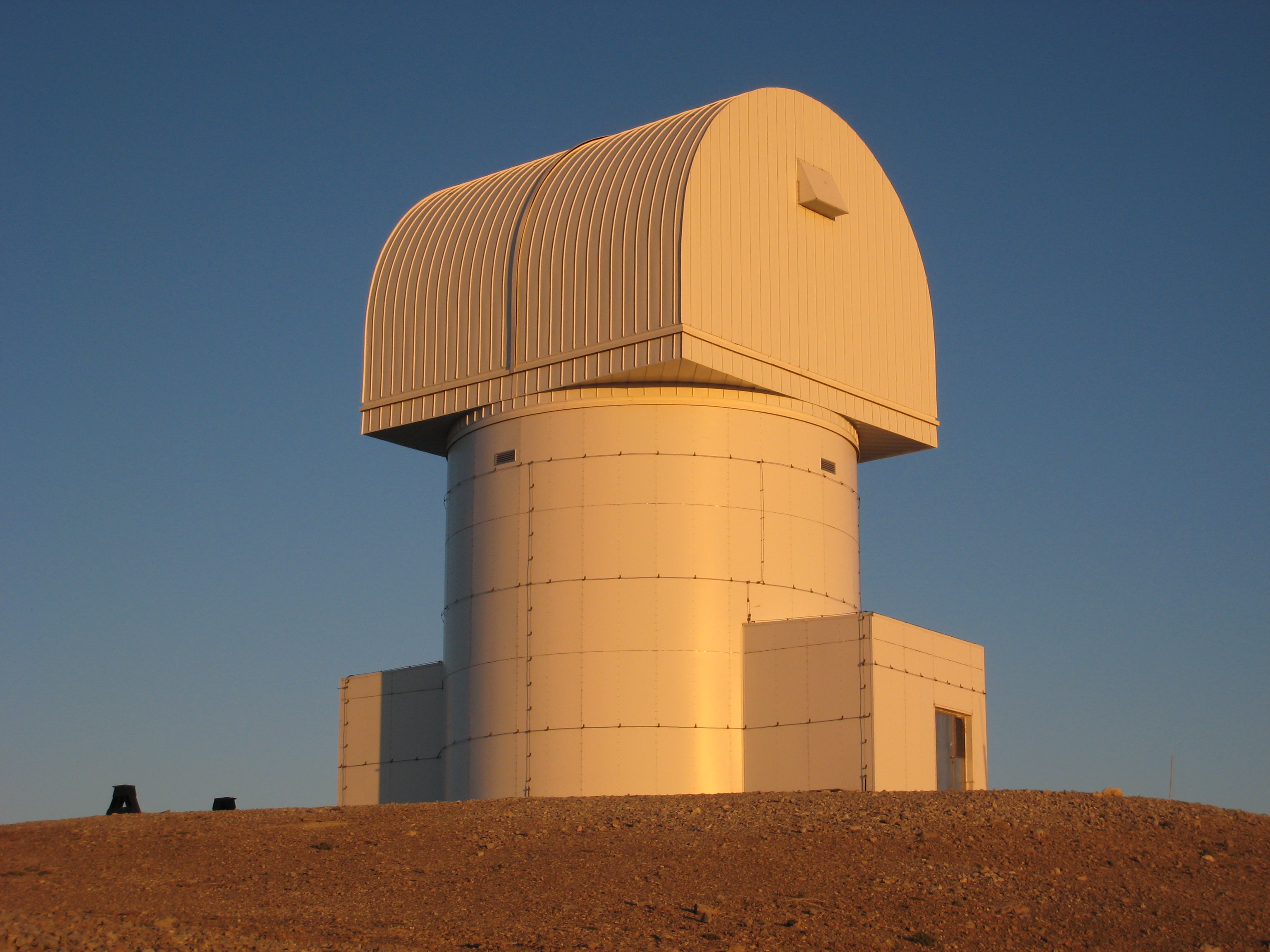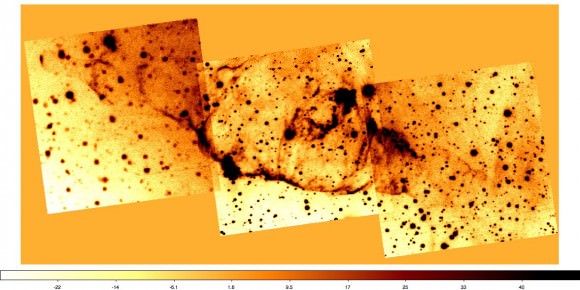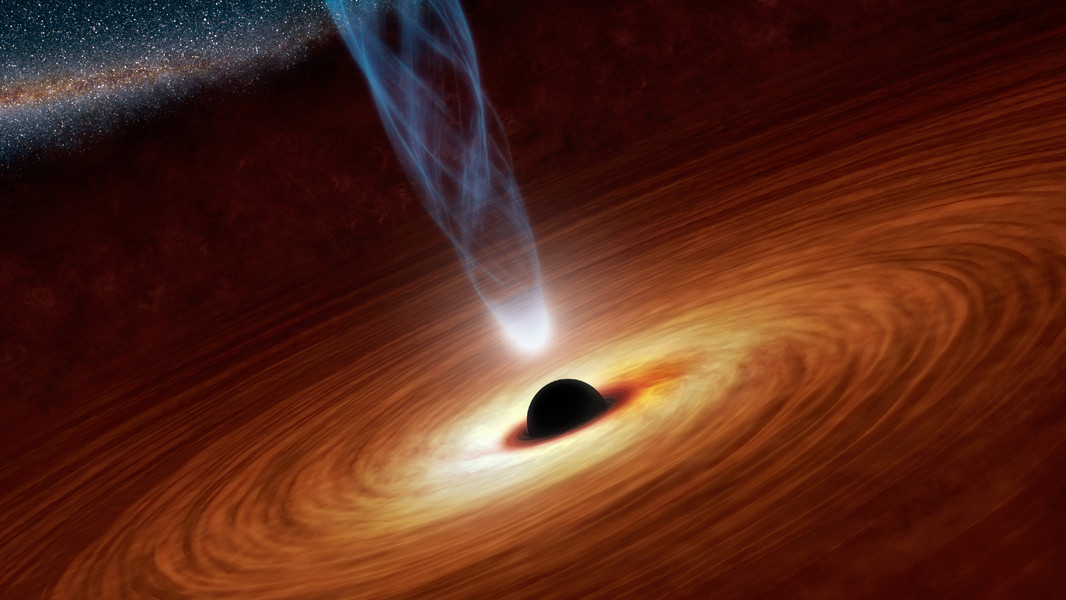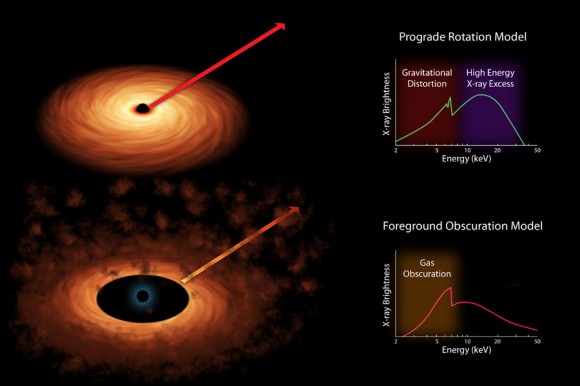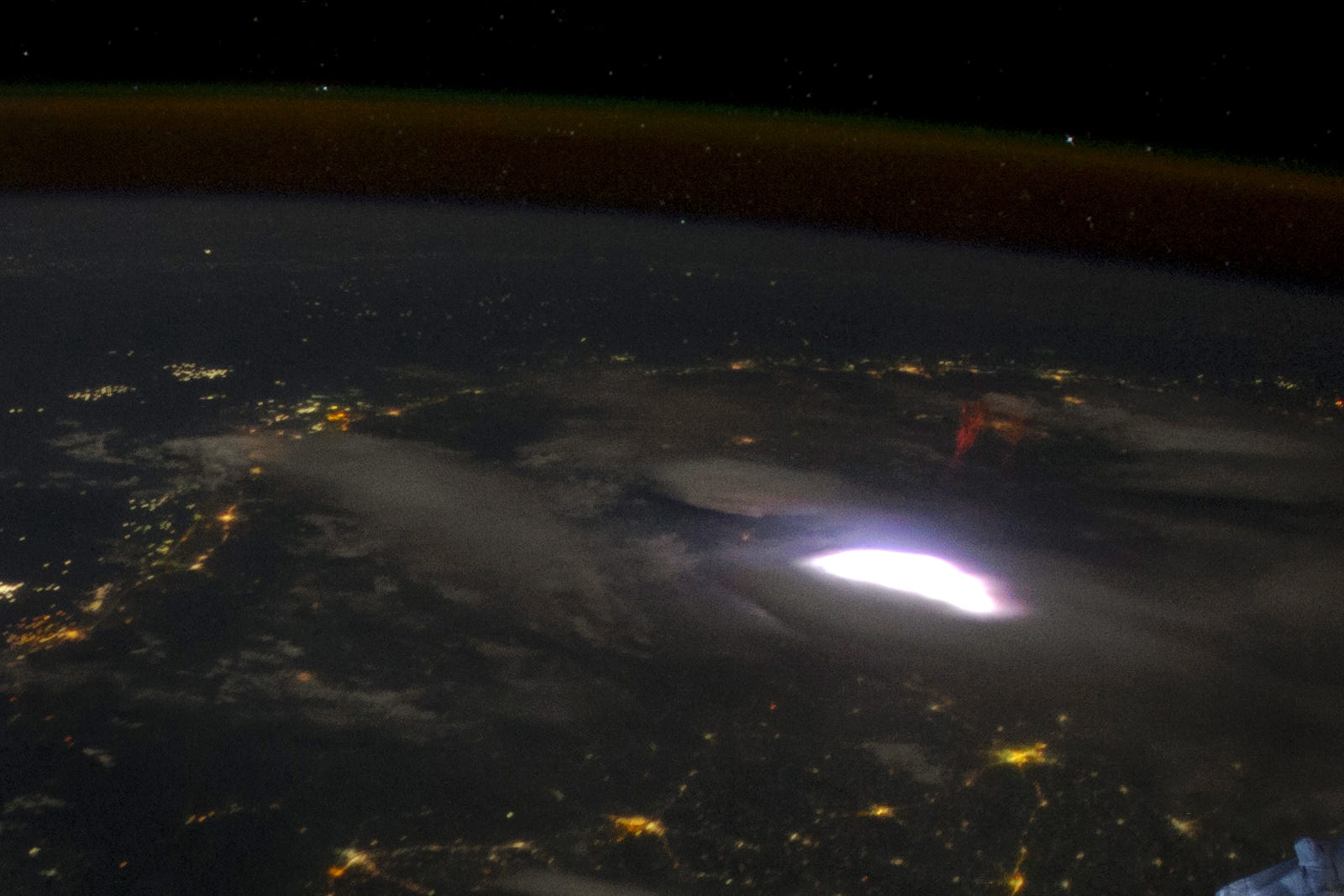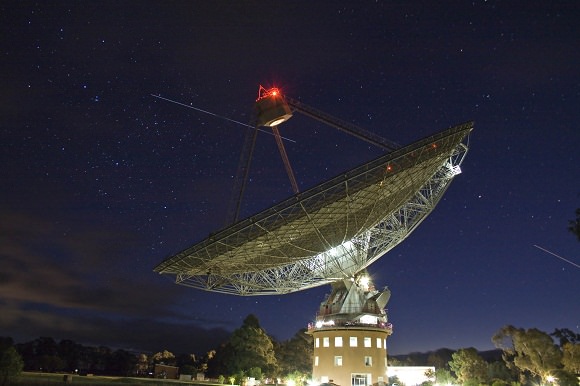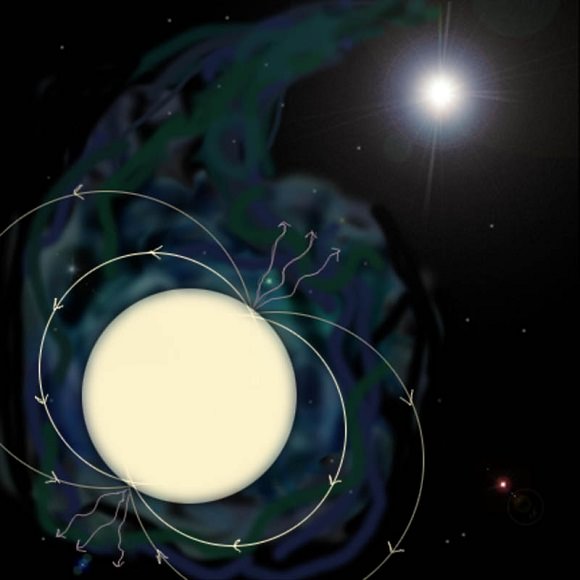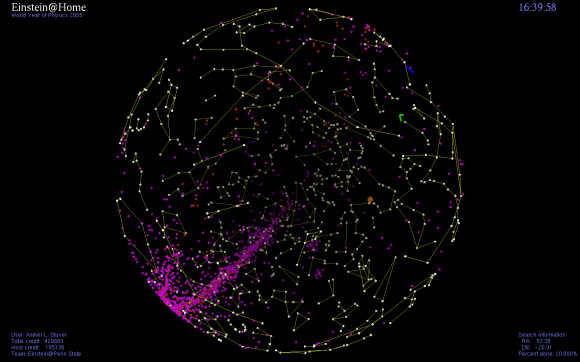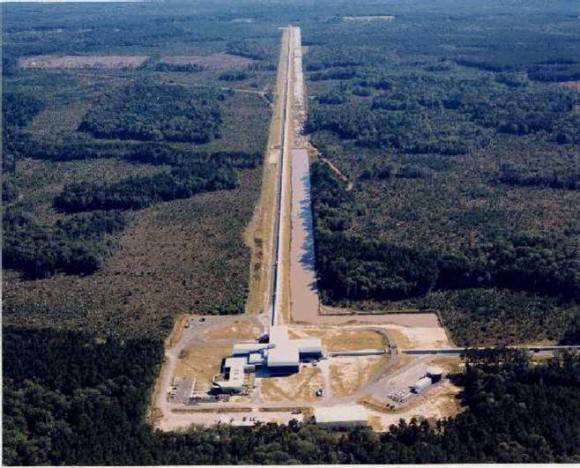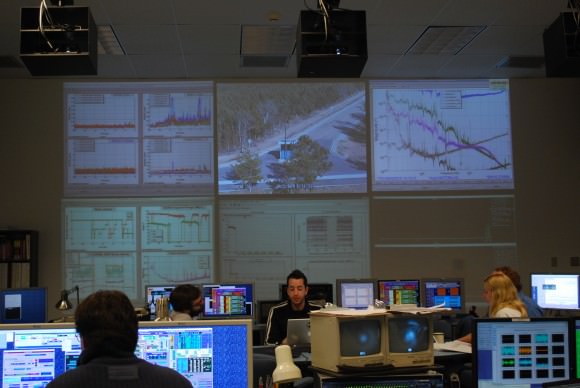In September of 2012, scientists with the newly launched Van Allen Probes got permission to turn on one of their instruments after only three days in space instead of waiting for weeks, as planned. They wanted to turn on the Relativistic Electron Proton Telescope (REPT) so that its observations would overlap with another mission called SAMPEX (Solar, Anomalous, and Magnetospheric Particle Explorer), that was soon going to de-orbit and re-enter Earth’s atmosphere.
Now, they are very glad they did, as something happened that no one had ever seen before. A previously unknown third radiation belt formed in the Van Allen Radiation Belts that encircle Earth. The scientist watched – in disbelief – while their data showed the extra belt forming, then suddenly disappear, like it had been cut away with a knife. They have not yet seen a recurrence of a third belt.
“First we thought our instruments weren’t working correctly,” said Dan Baker, a member of the Van Allen Probes team from the University of Colorado at Boulder, “but we quickly realized we were seeing a real phenomenon.”
What happened is that shortly before REPT was turned on, solar activity on the Sun had sent energy toward Earth that caused the radiation belts to swell. The energetic particles then settled into a new configuration, showing an extra, third belt extending out into space.
“By the fifth day REPT was on, we could plot out our observations and watch the formation of a third radiation belt,” says Shri Kanekal, the deputy mission scientist for the mission. “The third belt persisted beautifully, day after day, week after week, for four weeks.”
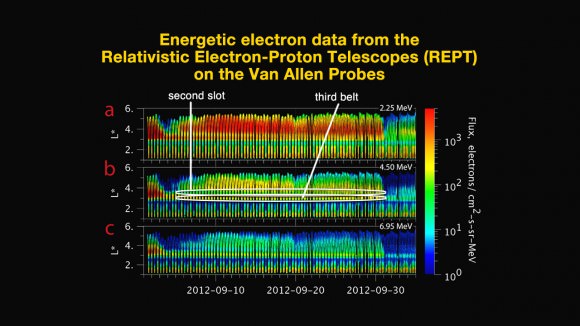
Since their discovery in 1958, we’ve known that the Van Allen radiation belt is composed of two donut-shaped layers of energetic charged particles around the planet Earth, held in place by its magnetic field.
The scientists are now incorporating what they saw into new models of the radiation belts – a region that can sometimes swell dramatically in response to incoming energy from the Sun, impacting satellites and spacecraft or pose potential threats to human space flight.
The belts are normally between 200 to 60,000 kilometers above Earth; the new ring was much further out.
Launched on August 30, 2012 as the Radiation Belt Storm Probes mission, the twin probes were renamed in honor of the belts’ discoverer, astrophysicist James Van Allen. Observations of the belts have shown they are dynamic and mysterious. However, this type of dynamic three-belt structure was never seen, or even considered, theoretically.
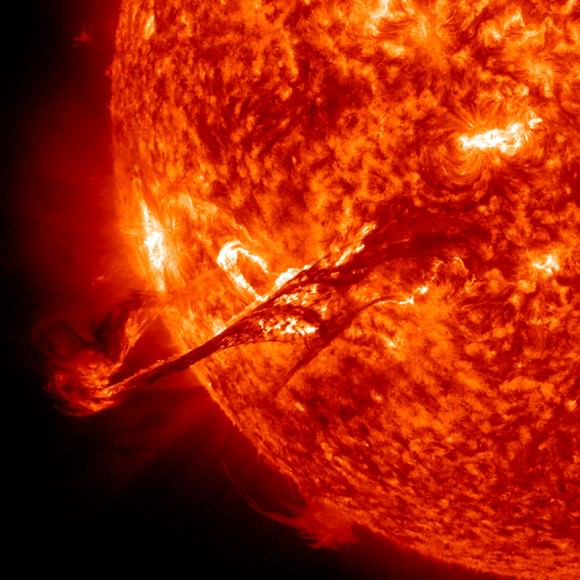
The Energetic Particle, Composition, and Thermal Plasma (ECT) suite of instruments on board the probes were designed to help understand how populations of electrons moving at nearly the speed of light and penetrating ions in space form or change in response to variable inputs of energy from the Sun.
Already, what the team has learned is re-writing the textbooks of what is known about the Van Allen belts.
“These events we’ve recorded are extraordinary and are already allowing us to refine and confirm our theories of belt dynamics in a way that will lead to predictability of their behavior,” said astrophysicst Harlan Spence, principal investigator for the ECT, “which is important for understanding space weather and ultimately for the safety of astronauts and spacecraft that operate within such a hazardous region of geospace.”
At a press briefing today, the team was asked why this third ring had never been observed before.
“We’ve never had the capability before to see something like this, said Nicky Fox, Van Allen Probes deputy project scientist. “The fact that we had such an amazing discovery within days of turning them on shows we still have mysteries to discover and explain. What the Van Allen Probes have shown is that the advances in technology and detection made by NASA have already had an almost immediate impact on basic science.”
Baker added, “As the philosopher Yogi Bera once said, you can observe a lot just by looking. This shows that when you open new eyes on the Universe you can invariably find new things.”
The team will be seeking to understand what the third ring mean for astronauts and satellites, even though the new ring is farther out, the regions in Earth orbit are magnetically connected to the new region that formed.
“Knowing more about this and understanding more about the belt is important for having better models and being able to predict the lifetimes of spacecraft,” said Fox.
“The rings, satellites, the space station are all affected by space weather,” said Mona Kessel, Van Allen Probes program scientist. “We don’t completely understand what we’ve seen, but we are modeling it and trying to piece this all together, so stay tuned.”
The team has published a paper in the journal Science.
For more info: NASA, University of New Hampshire

